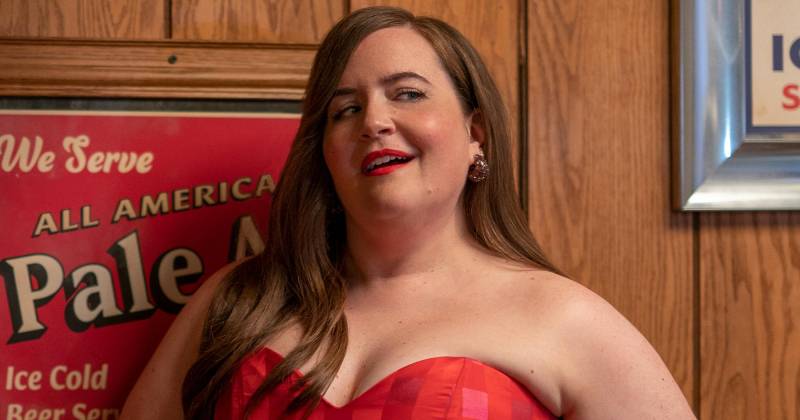When I was 12, a school friend’s mother introduced our little group of friends to the wrist test. Your wrist circumference, she explained, was the true demonstration of your bone structure, and an indication of the size you actually could be if you watched your weight enough. She went around our circle of tweens and marveled at the daintiness of my friends’ wrists. Then she reached mine, audibly gasped, and uttered the phrase, “Oh, so you really are big-boned.” I couldn’t tell if I was being let off the hook or thrown on the trash pile. Maybe a little of both.
I never forgot about the wrist test. (In part, because every time I attempt to buy a bracelet, I’m reminded that my bones are so gasp-worthy, no one’s willing to make accessories large enough to fit them.) But I’d also never really heard anyone else talk about it. That was until March 2019, when the very first episode of Shrill came out on Hulu. I couldn’t quite believe it when I saw it, but within two minutes of the show starting, Aidy Bryant’s character, Annie Easton, was being subjected to a wrist test. (Something, she later told the Today Show, had happened to her in real life.)
“You actually have a really small frame,” a complete stranger told Annie in a coffee shop. “There is a small person inside of you, dying to get out.”
“Oh,” Annie quipped back. “Well I hope that small person’s OK in there…” Later in the episode she gets more succinct, offering a simple “fuck you” to the woman.
This was the exact moment that I fell in love with Annie Easton. I fell in love with her because I’d never seen anyone quite like her on TV before. (The fat girl as the central character, not the comic relief, shouldn’t be a revolutionary concept, but here we are.) I fell in love with her because she was doing her damn best while batting away near-constant fatphobic aggressions, both micro and major. And I fell in love with her because at the end of that very first episode of Shrill, she declared: “I’ve been letting people dismiss me, or say shit to me about my body my entire life. And at this point, I just feel like, fuck them.”


